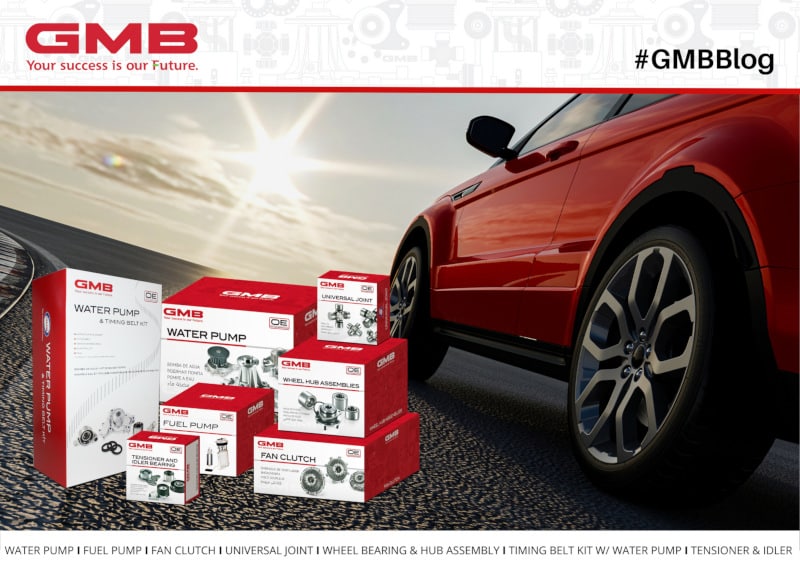How the Aftermarket Parts Industry Is Adapting to the Rise of EVs
This article was originally published on AftermarketNews.com
A lot of auto industry experts aren’t sure when EVs will become standard. However, they’re pretty sure that once the mid-2020s rolls around, EVs will be comparable to or cheaper to buy and operate than internal combustion vehicles. Once we reach that point, it’s likely that EVs will be on the fast track to market domination.
Much like the auto industry, the aftermarket parts industry will look quite different when EVs take over the market. Aftermarket manufacturers have to roll with the changes if they want to stick around. A big part of that is knowing what to expect. Which parts will stay, and which parts will be phased out? Are there going to be any new parts?
Parts That Will Stay

EVs and gas-powered vehicles drastically differ from each other in terms of design, but they both share some of the same parts:
- Brakes
- Batteries
- Suspension components (shocks, struts, etc.)
- Body parts
Note that the designs of some of these parts are still going to be different in EVs.
Parts That Will be Phased Out
Electric vehicle motors have about 20 moving parts, which is a big decrease from the 2,000 moving parts in internal combustion engines. That means a lot of parts will be phased out, including:
- Fuel system parts (Fuel tanks, pumps, filters, etc.)
- Engine parts (Oil and air filters, spark plugs, starters, etc.)
- Exhaust system parts (mufflers, oxygen sensors, catalytic converters, etc.)
- Multi-gear transmissions
- Clutches
What Will be New?
The rise of EVs will bring some entirely new parts to the table, including:
- Single speed gear boxes
- Motor controllers
- Electric motors
- Regenerative braking systems
- Electrically driven water pumps, steering pumps, air conditioners, etc.
The Smart Way for Aftermarket Parts Manufacturers to Roll With the Changes
If an aftermarket auto parts manufacturer wants to stay relevant, they’ll focus on the parts that will stick around and start developing the parts that will come into the picture as EVs rise in popularity. They’ll also develop innovative solutions that solve the problems that come with stock EV parts. These should be relatively easy projects to pursue because there will be some issues with OEM parts during the infancy of the EV boom. While automakers work out the kinks in their early EV models, aftermarket parts manufacturers can beat them to the solution with new and improved parts.
The parts that are only relevant to internal combustion engines will still be produced by some niche aftermarket parts manufacturers. It will still take ten or twenty years for demand for these parts to drop. However, these companies will have to figure out how to stay relevant in an EV-dominated market.
The bottom line: expect to see a lot aftermarket companies phase out their internal combustion engine parts to make room for EV parts.
MORE CONTENT
Stay current!
Sign up here to get the latest news
and updates on all things GMB.
Sign Up To Receive GMB News & Updates!

